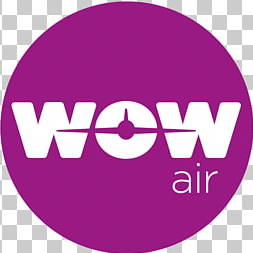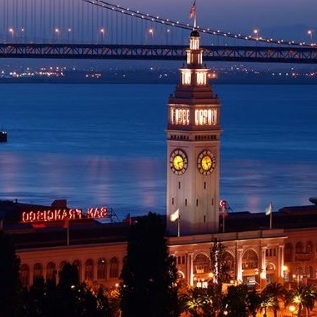airtechy wrote:I don't understand the reasoning behind "Delta will leave the Japan to beach markets". These are mostly Japanese people traveling from Japan to the beaches...with a few connecting people. ...and they have been doing this on Northwest and now Delta for years. It is a built up leisure market and a market that cannot be transferred to Korea. My understanding is that it is a money making market as is the one to Hawaii. I can see building up a "new" beach market from Korea, but that would be Koreans traveling.
In the context of 2017 as opposed to 1957, Delta is not a "natural" competitor in Japan beach markets. It may seem as though Delta is because Delta, or its predecessor Northwest, has been in these markets continuously for decades. But that is, in large part, an anachronism reflected of the unique and (in the context of its time) irregular "privileged position" that Northwest long held in Japan. Northwest cultivated, over the decades, a very prominent position in the Japanese market that was extremely competitive and relevant for many Japanese O&D passengers. But those days are long gone. And today, a confluence of two primary modern factors lead me to conclude that much if not all of Delta's Japan beach market flying will likely be gone within 3-5 years of the Korean JV.
First, the Korean JV will simply accelerate the movement already steadily underway for well over a decade away from a connecting hub at NRT. In the world of 777s and 787s, let alone U.S.-Japan "Open Skies," a U.S. carrier connecting hub at NRT was never going to be sustainable. United saw that writing on the wall a long time ago and moved accordingly, but Northwest, with an inferior U.S. hub structure for nonstop flights to Asia, steadfastly stuck to NRT. Now that's nearly gone. And as Delta's overall presence in Japan declines, so too will its relevance for Japanese O&D passengers traveling to beach markets, and that will inevitably lead to depressed yields in order to fill planes. And that leads to the second dynamic in play - competition. What is also unnatural about the Japan beach markets is that they are, today at least, almost entirely devoid of low cost/low fare competition, despite being near tailor-made for this type of entrant. There are a few examples here and there of Asian low fare airlines flying fifth freedom rights over Japan to Micronesia and Hawaii, but I think the further growth of this type of flying is just a matter of time. And as emerging Asian low-fare carriers (e.g., Jetstar, etc.) start flying to Micronesia and Hawaii, this, too, will inevitably lead to depressed yields on those Delta planes.
All that's to say - I may well be proven wrong, but at the moment, the "natural" direction of the market seems pretty clear to me, and I just don't see how these routes are going to remain viable for Delta as this (inevitable, in my view) market evolution continues.
airtechy wrote:I'm sure Delta knows exactly how many people on the US-NRT flights connect in Japan and how many stop in Japan and will maintain the number of flights to retain the "stay in Japan" traffic even if they transfer all the connecting traffic to ICN. How many US gateways that entails I have no clue...maybe they will cut some, but they are down to 5 now so I doubt if more than one will be cut.
Indeed. As said, I fully expect that - Korean JV or no Korean JV, beyond-NRT network or no beyond-NRT network - Delta should certainly be able to economically support, at a minimum, nonstops from hubs in ATL, DTW, SEA, and LAX, and probably MSP and HNL, to TYO, plus also likely DTW-NGO.
airtechy wrote:A Delta/KA joint venture alone will not get people to Japan.
Actually, the Delta/Korean JV will likely be quite competitive for connections between the U.S. and secondary Japanese cities, many of which are linked, at convenient times, to/from ICN.




